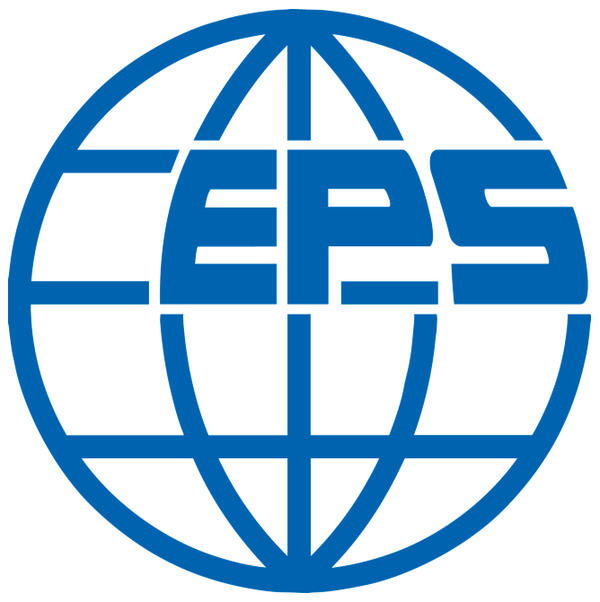Cocconi Prize of the European Physical Society awarded to the SNO and SuperKamiokande Experiments

The EPS High Energy Physics Division announced the winners of its 2013 prizes, which will be awarded at the Europhysics Conference on High-Energy Physics in(EPS-HEP 2013, http://eps-hep2013.eu/), Stockholm (Sweden) 18−24 July 2013.
The 2013 Giuseppe and Vanna Cocconi Prize, for an outstanding contribution to Particle Astrophysics and Cosmology in the past 15 years, is awarded to Arthur B. McDonald and Yoichiro Suzuki “for their outstanding contributions to the solution of the solar neutrino puzzle by measuring the flux of all neutrino flavors from the Sun with the Super-Kamiokande and SNO experiments”.
For some information on the EPS-HEPP Division prizes, please see http://eps-hepp.web.cern.ch/eps-hepp/prizes.php
The European Physical Society (EPS) is a not for profit association whose members include 41 National Physical Societies in Europe, individuals from all fields of physics, and European research institutions.
As a learned society, the EPS engages in activities that strengthen ties among the physicists in Europe. As a federation of National Physical Societies, the EPS studies issues of concern to all European countries relating to physics research, science policy and education.
The Sudbury Neutrino Observatory (SNO) results have provided revolutionary insight into the properties of neutrinos and the core of the sun. The detector was built 6800 feet under ground, in (formerly INCO’s) Vale’s Creighton Mine near Sudbury, Ontario, Canada. SNO was a heavy-water Cherenkov detector designed to detect neutrinos produced by fusion reactions in the sun. It used 1000 tonnes of heavy water loaned from Atomic Energy of Canada Limited (AECL), and contained by a 12 meter diameter acrylic vessel. Neutrinos reacted with the heavy water (D2O) to produce flashes of light called Cherenkov radiation. This light was then detected by an array of 9600 photomultiplier tubes mounted on a geodesic support structure surrounding the heavy water vessel. The detector was immersed in light (normal) water within a 30 meter barrel-shaped cavity (the size of a 10 story building!) excavated from Norite rock. Located in the deepest part of the mine, the overburden of rock shielded the detector from cosmic rays. The detector laboratory, still functioning as part of the SNOLAB facility, is extremely clean to reduce background signals from radioactive elements present in the mine dust which would otherwise hide the very weak signal from neutrinos. Plans are currently underway to upgrade the SNO detector for the new SNO+ experiment.
[Image courtesy of EPS]
Queen’s University Press Release available here.
More information on the European Physical Society (EPS) available here.
For more information on SNOLAB contact:
Ms. Samantha Kuula
Communications Officer
Phone: (705) 692-7000 ext. 2222
Email: Samantha.Kuula@snolab.ca
Website: www.snolab.ca